If you are just starting out in photography and looking to buy your first camera, you are probably going to be acquainted with Canon, Nikon, and Sony. The first thing you will notice right away is that the cheaper models, the more entry-level ones, usually feature an APS-C sensor, otherwise known as a Crop Sensor, while the more pro-oriented models feature a Full Frame sensor.
But what difference does the sensor of your camera make to the photos you take?
This article goes in-depth to look at everything you need to know about Full Frame and APS-C (Crop) sensors, including the pros and cons, and covers how the fields of view and pixel density changes according to the sensor type.
What’s the Difference Between Full Frame and APS-C or Crop Sensors?
The main difference between Full Frame and APS-C (or Crop) sensors is their size, with Full Frame sensors being 36mm x 24mm, while APS-C sensors are 25.1mm x 16.7mm for most camera models, but 22.3 mm x 14.9 mm for Canon cameras. APS-C sensors have the effect of cropping your field of view for the same focal length.
The larger Full Frame sensor often has better low light performance and better color fidelity, while the smaller Crop sensor provides better reach and a smaller and more lightweight camera.
However, sensor size itself affects a lot of aspects of the photo and how the camera and lenses behave, which we will look at below.
The APS-C Sensor
First of all, we should clear some terms and size confusion up. An APS-C Sensor is the same thing as a Crop Sensor. A Crop Camera refers to a camera with an APS-C Sensor.
Not all Crop Sensors are the same size, even within the same designation, with Canon’s APS-C sizing different from that of other manufacturers.
Crop Sensors can be Micro 4/3, APS-C and APS-H:
- APS-C has a crop factor of 1.5x (1.6x for Canon)
- APS-H Sensors have a crop factor of 1.3x.
- Micro 4/3 has a crop factor of 2x, but also has a different aspect ratio than APS-C or Full Frame sensors.
- A crop factor means a size reduction compared to a Full Frame Sensor.
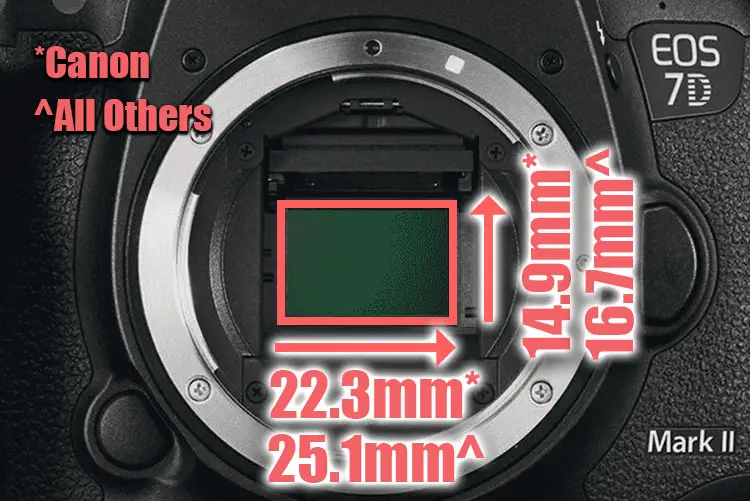
We will not dive into APS-H sensors since the last camera to use one was a Canon 1D Mark IV back in 2009, and you will not find APS-H cameras nowadays in the mainstream consumer market (although the sensors are still being produced).
Regular APS-C sensor has a size of 25.1 mm x 16.7 mm, with an aspect ratio of 3:2, which matches Full Frame sensors and 35mm film. This makes it fit the standard print sizes like 6×4 inches. Canon, for some reason prefers to make a slightly smaller APS-C sensor with a size of 22.3 mm wide x 14.9 mm. It still has a 3:2 aspect ratio, though.
Full Frame Sensor
The golden standard in the film photography days was the 35mm film. The 35mm film notes the width of the film strip, onto which a 36mm x 24mm frame is recorded. The width of the strip is not completely used since there are perforated holes so the camera mechanism can move the film, which is why a 24mm high frame is recorded.
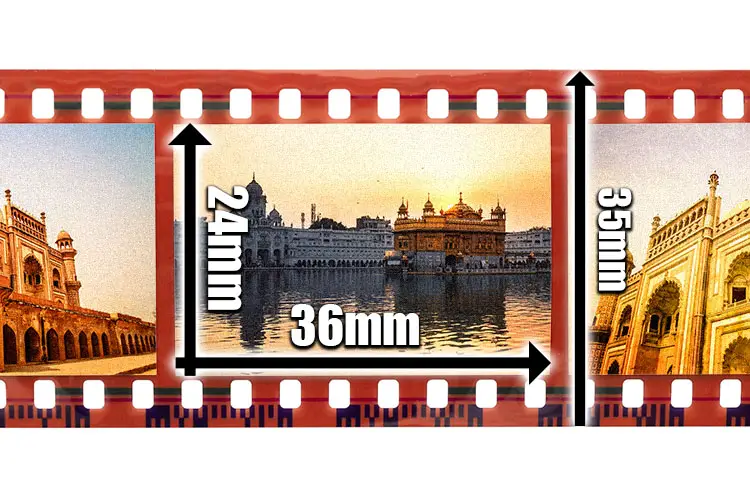
With a full-frame digital camera, you get the exact same sensor size as the frame on a 35mm film. In other words, the Full Frame Sensor measures 36mm x 24mm. Giving it a ratio of 3:2.
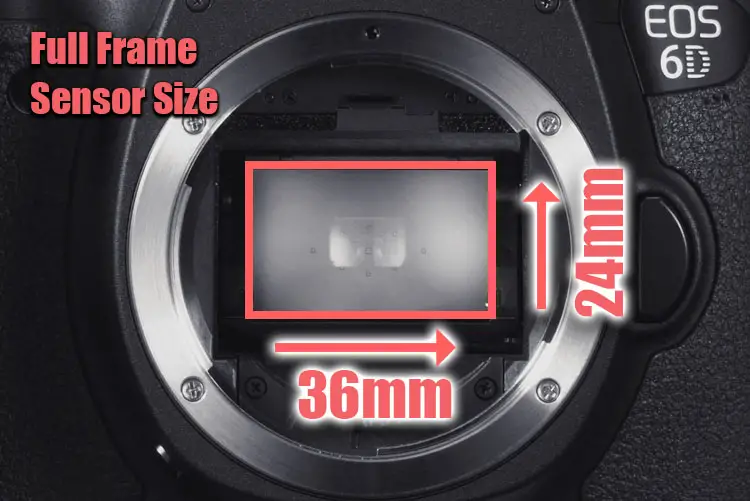
This is the biggest sensor you can find in mainstream digital cameras. There are medium format cameras that have sensors larger than the full-frame ones, but those are expensive and usually specialty cameras.
Full Frame vs. APS-C Sensor Size Comparison
The illustration below clearly shows the relative difference in size between the APS-C and Full Frame sensor sizes.
As you can see, the APS-C sensor is significantly smaller than the Full Frame one. Even though the crop factor of the APS-C sensor is 1.5x, the Full Frame sensor has over 2.5x the surface area of an APS-C sensor.
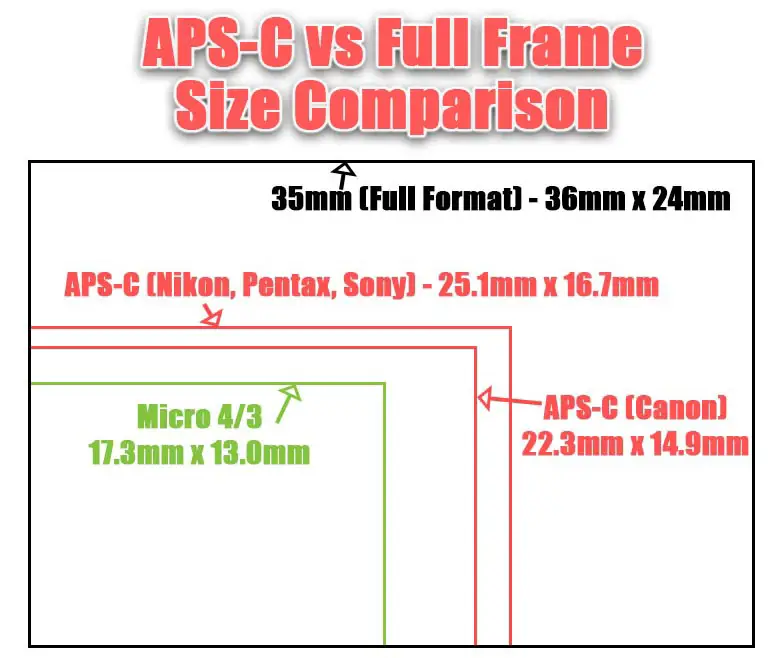
Full Frame vs. Crop Sensor Field of View and Crop Factor Comparisons
The biggest difference between these two sensor sizes is how much you can capture with each sensor using the same lens.
Usually, lens focal lengths are measured in millimeters, with the exception of some Leica lenses that measure the focal lengths in centimeters. A 50mm lens, or any lens for that matter, won’t behave the same on a Full Frame and on an APS-C Sensor.
A 50mm lens would be a 50mm lens on a Full Frame sensor, but it would behave as a 75mm lens on an APS-C sensor with 1.5x crop factor. The math is simple: 50mm x 1.5 = 75mm. If you shoot Canon, then it is 50mm x 1.6 = 80mm.
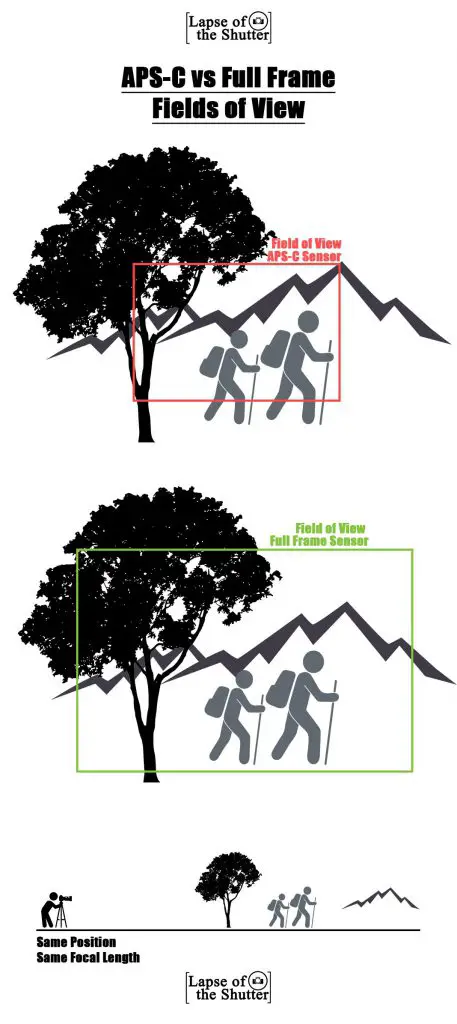
The field of view that a lens provides in practice changes with the sensor size. Lenses project light onto the sensor. Even though the sensor is a rectangle, the lens projects a circle usually slightly larger than the sensor.
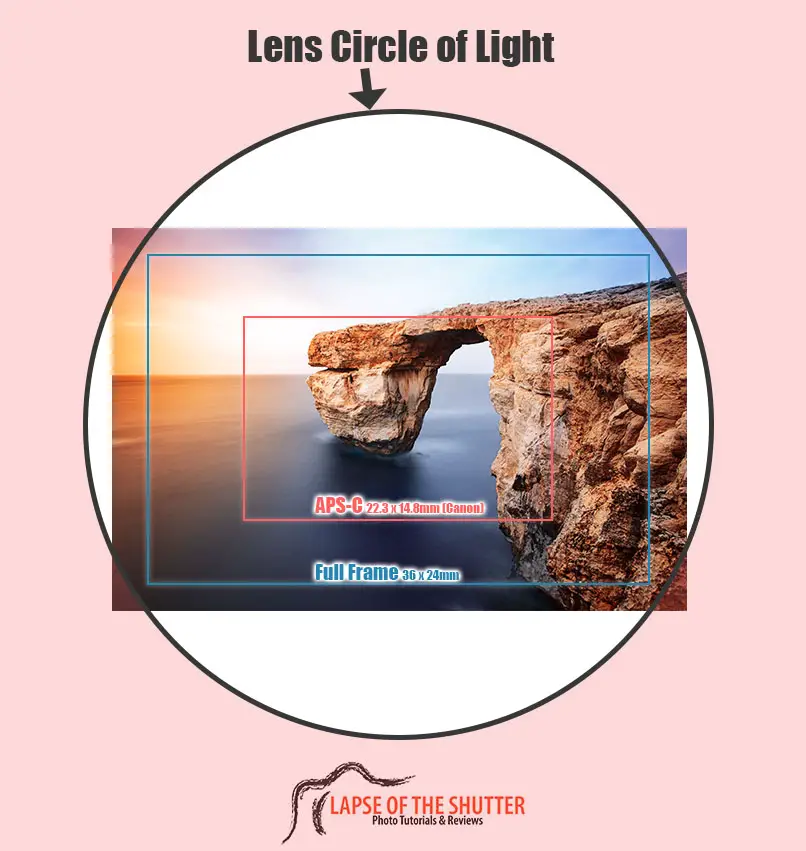
So a Full Frame sensor uses the most of that circle of light, and thus it uses the complete field of view of the lens. A crop sensor uses a smaller portion from the circle of light and thus a smaller field of view. That is why a 50mm lens behaves as a 75mm lens on a crop sensor.
In essence, an APS-C sensor zooms in, or crops the projected circle of light of the lens.
Depth of Field Differences
If you compare photos with the same lens and same settings on a Full Frame camera versus an APS-C camera, you will notice that the APS-C camera has less background blur.
This is due to the fact that if you want to keep the same framing with the same lens with the APS-C camera, you’ll have to be a bit further away from your subject.
Since depth of field is a function of distance to subject versus the aperture width, with the APS-C camera, you are increasing the distance to subject. Thus you are getting a larger depth of field.
A portrait shot on f/2.8 on a Full Frame camera, will have the roughly same depth of field as a portrait shot on f/2 on a Crop Sensor camera, if you use the same lens and the same composition.
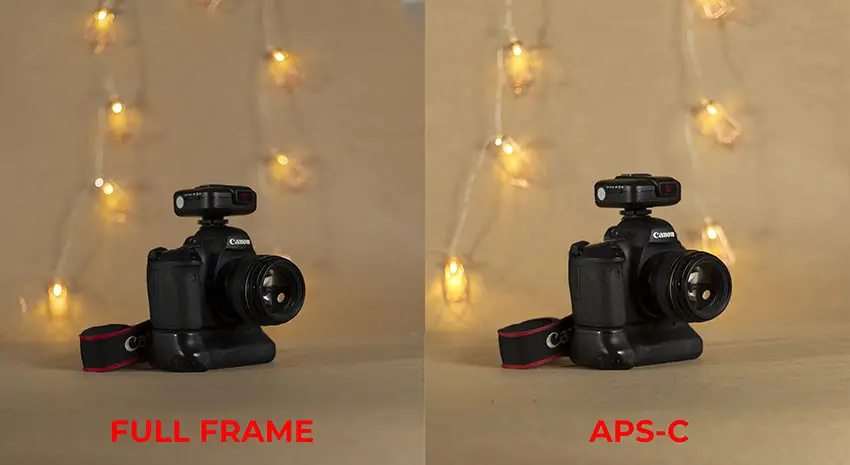
As you can see above, in the photo from the full-frame camera, the bokeh circles are a bit larger. That is due to the fact that in order to keep the subject the same size, I had to move further back with the APS-C camera.
Due to the increased distance, the background is less blurry. Depth of field is a function of distance to subject and aperture opening and not a function of sensor size.
On the other hand, with a smaller sensor, you are forced to be further away from the subject. That is why APS-C sensors are considered to have a larger depth of field.
Sensor Resolution, Pixel Density and Size, and Optical Resolution
If you take a look at any camera specification, regardless of the sensor size, you’ll see the sensor resolution proudly displayed, usually measured in megapixels or MP. You might think that MP is comparable across crop sensor and full frame sensor sizes, but this is not actually the case.
Pixel Size
If you look closer, you’ll find APS-C and Full Frame sensors with the same resolution. This means that both cameras have the same amount of pixels. Does that mean that the sensors will perform the same? Well, no.
The main difference between these two sensor sizes is the pixel size. Assuming that both sensors have the same amount of pixels, the Full Frame sensor will have pixels with a 250% larger surface area.
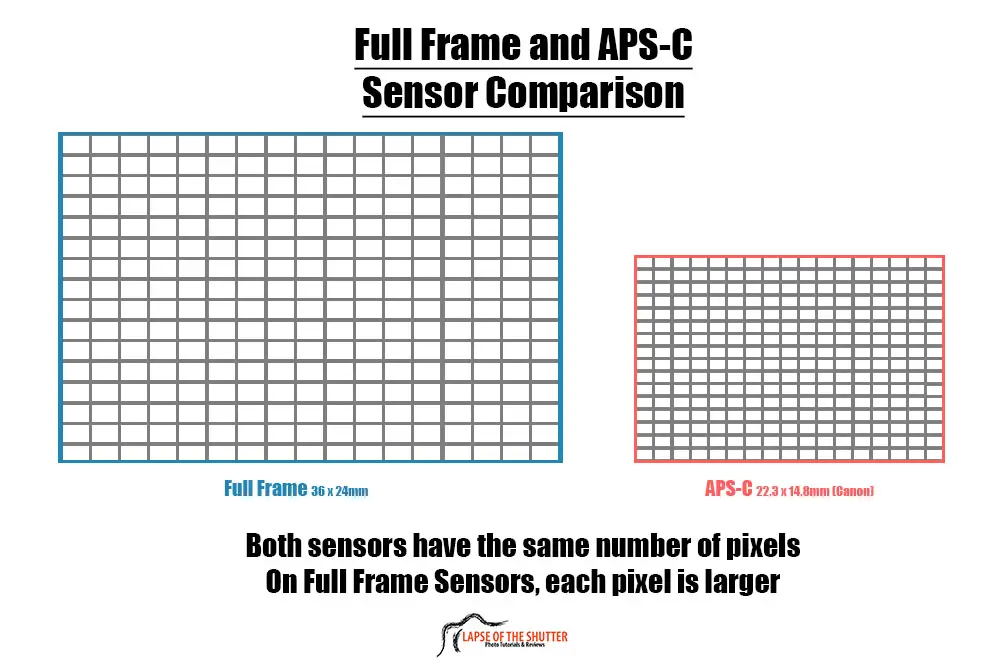
That means that the Full Frame sensor pixels can gather more light, thus providing more signal and, as a result, an image with less noise and better dynamic range, assuming that the number of megapixels are consistent between the sensors.
For example, the Canon 6D and the Canon 7D Mark II have the exact amount of pixels. The 6D is a full-frame camera, and the 7D Mark II is a crop sensor camera.
Even though the 6D is three years older than the 7D Mark II, it has less noise, better color fidelity, and better dynamic range than the 7D Mark II.
This all boils down to pixel size. The 6D sensor has a pixel size of 6.55µm, that is 1.6 times larger than the 4.09μm pixel found on the 7D Mark II.
So in short full-frame sensors tend to have bigger pixels, and with that better noise performance and better dynamic range.
Sensor Resolution vs. Optical Resolution for Image Sharpness
Often, people equate higher resolution with sharper photos. That is true up to a certain point. Generally, if you cram more pixels on a sensor, you will have a sharper photo. In other words, the more pixels you have per cm², the sharper the photo will be.
The limiting factor here is the lens. Lenses have measurable optical resolution, or in other words they have limited resolving power. That is why some lenses are sharper than others.
That being said, a Full Frame sensor that is 20mp will have lower pixel density than a crop sensor that is 20mp. And yet the photo from the Full Frame sensor will be sharper.
Why?
This is because of the lens’s optical resolution.
See, a 20MP Full-Frame sensor has a pixel density of 2.36 MP/cm², while a 20MP crop sensor has a pixel density of 6 MP/cm².
In order for the Crop Sensor to be sharper, since it has more pixels per cm², the lens has to be able to resolve more detail than the sensor can capture. Otherwise, the lens cannot make the most out of the sensor.
So a larger sensor with lower pixel density will appear sharper since the lens can outperform the sensor.
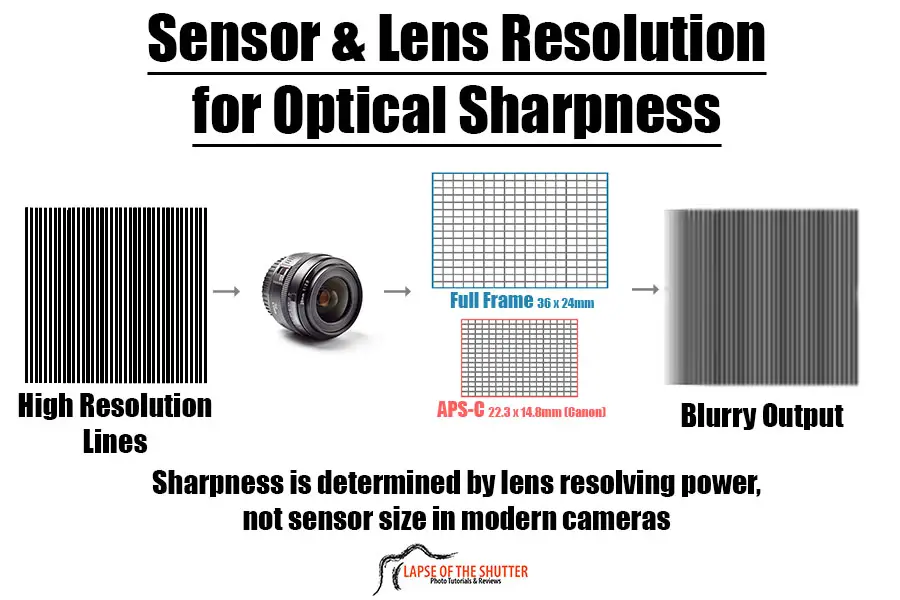
In other words, for the Crop Sensor to be sharper than the Full Frame Sensor, the lens has to resolve details smaller than the pixel size of the Crop Sensor. Take a look at Scientific Imaging for a fuller, mathematical explanation of how this works.
Lenses with that high optical resolution often cost tens of thousands of dollars. That is why when used in industrial use (like in museums), they use medium format sensors that are significantly larger than full-frame ones.
Since most lenses can’t outperform high resolution crop sensors, that is why most of the time photographs coming out of an APS-C camera don’t look as sharp as photos from a Full-Frame camera with the same lens.
As lens technology gets better, this difference will be less obvious, especially with high end lenses.
In short, lenses with lower optical resolution (less sharp) will produce sharper images on Full Frame cameras because of the smaller pixel density that the Full Frame sensor has.
Crop Sensor vs. Full Frame Sensor Cameras Size and Ergonomics
A larger sensor often means a larger and heavier camera – there isn’t a way around it. Therefore, if size and weight are a concern you have, you might want to opt for an APS-C camera.
APS-C cameras are usually smaller, lighter, and more compact, and lenses designed for APS-C are smaller, lighter and more compact as well.
Of course, you will be sacrificing some image quality for the weight and size savings, but Fuji or Sony APS-C cameras are both great examples of light weight, portable models that still top the image quality charts.
On the other hand, if you need better image quality than a crop frame camera, then a Full Frame camera is the better choice.
Many photographers prefer heavier and larger cameras because they find them better for ergonomics. A heavier camera with a larger camera body is easier to balance with when you are trying to avoid motion blur and suits longer telephoto lenses better.
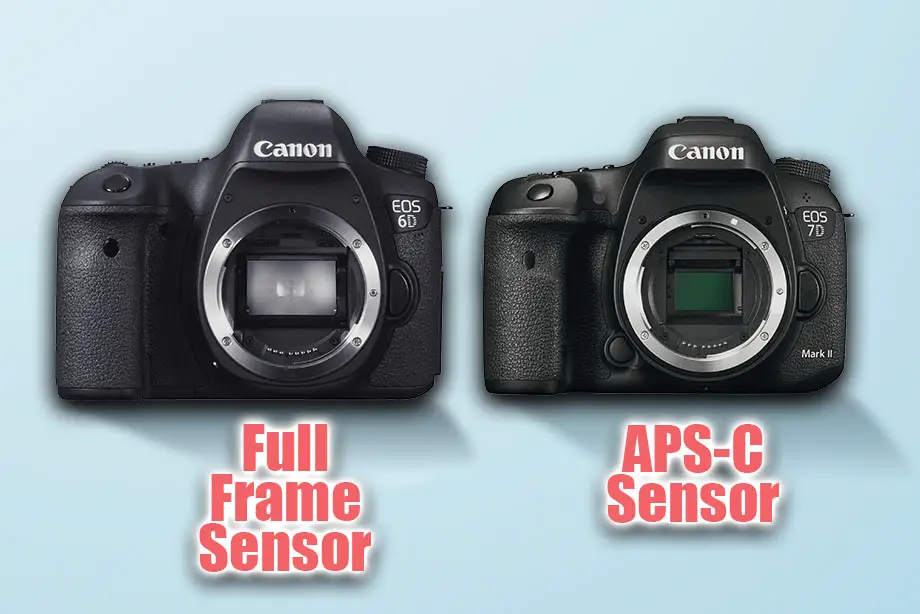
Having a larger and deeper grip like you will find on a Nikon D5 will be more ergonomic than the tiny grip you will find on a Sony A6500, for example, especially with heavier lenses and on-camera flash.
APS-C Sensor vs. Full Frame Sensor Cameras Lens Compatibility and Availability
Most lens manufacturers produce lenses for both Full-Frame and APS-C cameras. However, there is a catch.
A lens designed for an APS-C camera has a smaller circle of light, meaning that it won’t be able to cover a Full Frame sensor. Some APS-C lenses can be used on a Full Frame camera with some compromises.
For example, the Sigma 18-35mm f/1.8 ART is a lens designed for APS-C cameras, but it can be used on a Full Frame camera with a bit of a stronger vignette and between 24mm and 35mm. Any wider than this and the lens is unusable though.
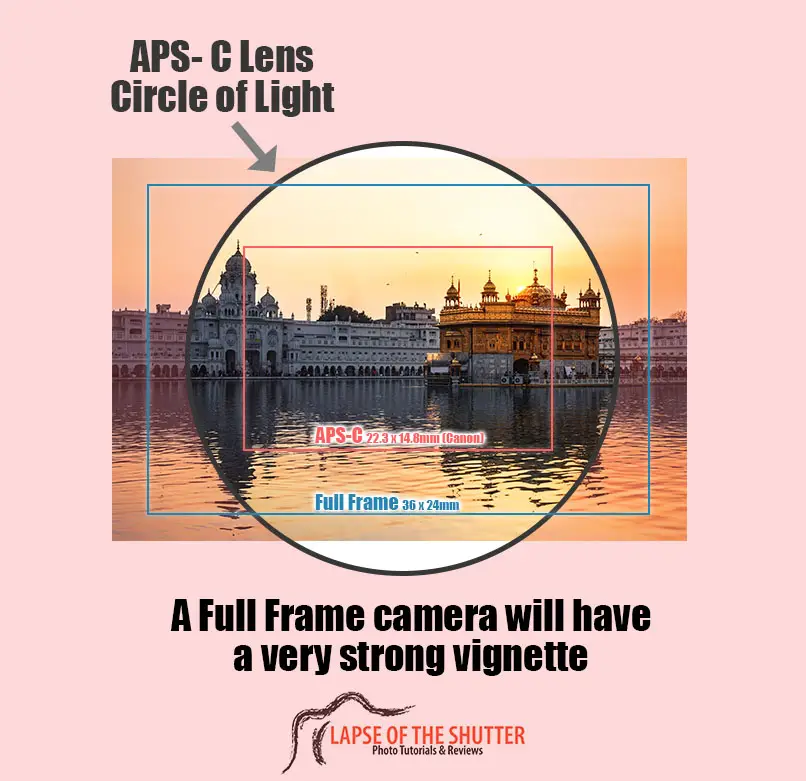
Moreover lenses designed for APS-C cameras are often smaller and lighter, since they need to cover a smaller sensor.
On the other hand, all lenses designed for a Full Frame camera, can be used on an APS-C camera. That means that owning an APS-C camera means that you have a larger selection of lenses available to you.
Full Frame Camera vs. Crop Sensor Camera: Pros & Cons
Both sensor sizes with their respective camera systems will work for some photographers and won’t work for others. But which one will work for you?
Full-Frame sensor Pros:
- A larger sensor size contributes to better image quality due to larger pixels.
- Better noise performance, and higher dynamic range, with better color fidelity.
- Shallower depth of field, which works great for portrait photographers.
- Having no crop factor means that you get the true focal length of the lenses.
- Having no crop factor also means that you can go extremely wide with wide angle lenses.
- Sharper photos due to smaller pixel density.
Full-Frame sensor Cons:
- You are limited to full-frame lenses only, unlike the APS-C cameras that can use both APS-C and Full Frame lenses.
- Lenses are often more expensive than their APS-C counterparts.
- Camera bodies and lenses are larger and heavier, which can hinder portability.
- Harder to get into extreme telephoto ranges without using teleconverters or purchasing lenses that cost upwards of $20,000.
APS-C sensor Pros:
- Wider range of lenses available since you can use both Full Frame and APS-C lenses.
- Having a crop factor of 1.5x means that you can get to extreme telephoto focal lengths easier.
- Lenses are smaller, lighter, and less expensive than their full-frame counterparts.
- Wider depth of field, which can work well for landscape photographers.
- APS-C cameras are often smaller, lighter, and cheaper than their full-frame counterparts.
APS-C sensor Cons:
- Smaller sensor size means worse image quality due to smaller pixels.
- Worse noise performance with reduced dynamic range and color fidelity.
- Wider depth of field which can be a problem for portrait photographers.
- Harder to get ultra wide photos due to the 1.5x crop factor. You will have to resort to techniques like panoramas.
- Photos will be softer for the same resolution due to higher pixel density.
Final Thoughts on Crop and Full Frame Cameras
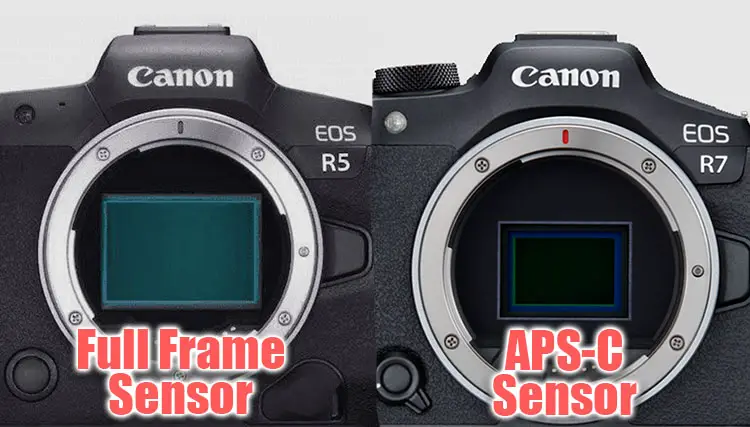
Both full frame and APS-C cameras have their uses, with those wanting to maximize image quality going for full frame, while those who want a more portable system, or who want extreme telephotos for birding and the like, going for APS-C cameras.
Ultimately, each sensor size is a good choice nowadays since sensor technology has improved significantly, meaning there is far less of a gap between image quality than there once was.
In short, if you favor image quality over ergonomics, then the full-frame sensor is a better choice. If you need a cheaper, more portable, and lightweight system, and access to longer telephoto lenses, then an APS-C sensor is for you.
Read More:


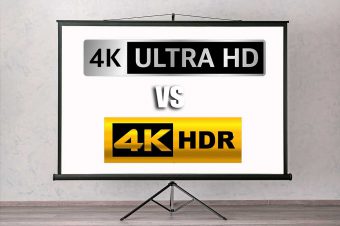

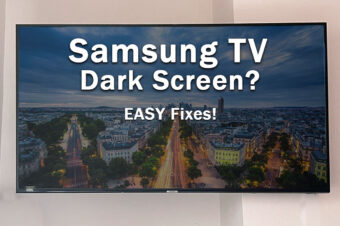

Leave a Reply